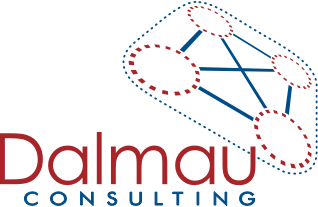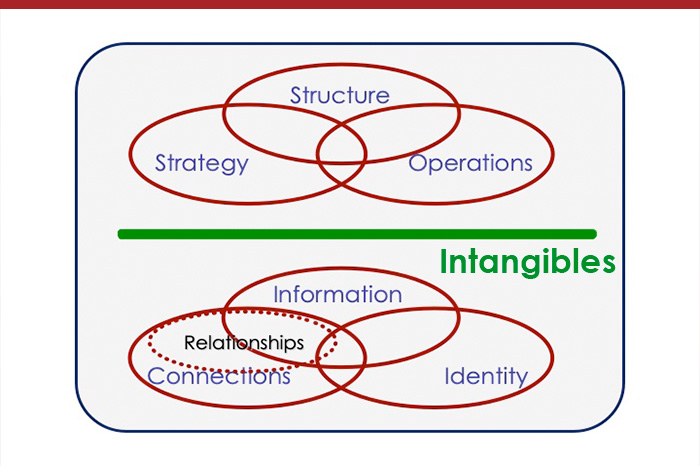When experts talk of the term organization design, they are referring to the operating model and processes, systems, capabilities and structures that underpin and organization and help it to deliver value to its customers and stakeholders, efficiently and effectively. Organization design is both an art and science!
There are many ways to design organizations to deliver what is needed. In this day and age, much of the literature focuses on how to design agile organizations, capable of being flexible, innovative and staying one step ahead of, or at least keeping up with, the rapidly evolving business environment. Laloux, is one such text that provides an excellent outline of the evolution of organizations and the way they have been designed over centuries. He also explores what design considerations are needed for organizations in the 21st century. Most business consultants have in their repertoire of “tools” differing approaches for developing operating models all designed to assist an organization deliver on its strategy and optimize its processes. There are many good resources and models widely available to translate operating models into organizational design. (eg Lean Canvas tool, Andrew Campbell’s Operating Model Canvas).
The design (or re-design) of an organization or one of its units (e.g. department or team) is so often portrayed as a deeply rational exercise. It seems as if these models are designed for people who like logical, linear ways of thinking or maybe they are designed by such people (or both)! In reality, a well-designed organization that works well is predicated on many fewer tangible factors than one might imagine and far more on intangible ones.
The truth is, organizations (and their units) are social systems – composed of people who, on the whole, are trying to do the best they know how. They mostly set out to do what they believe is required to make their organization successful – whether measured in reward to shareholders, delivering quality services or products or fulfilling on a vision or a desired outcome. Or all three!
But people in groups are anything but only rational. There are always non-rational factors at work. Often it is the quality and capabilities of the people you have or need and the specific style and nature of relationships between people that determines the success or otherwise of any organizational design.
One of our most often used ways of depicting organizations as systems is known as the six-circle model was developed on top of work by Fritjof Capra. This model illustrates what we refer to as ‘above the green line’ features of organization (strategy, structure and operations), and those ‘below the green line’. These are the less tangible features of an organization – information flows, identity and relationships and connections. In any organizational change, including re-design – it is these factors that must be explicitly addressed if change or design is to be sustained and remain relevant.
Nielsen and Estupinan’s work on organizational DNA identify eight elements of organizational design – illustrated in the table below.
| Formal | Informal |
| Decisions – How decisions are made. Governance forums, decision rights / processes | Norms – unwritten rules of behavior / actions. |
| Motivators – how people are compelled to perform | Commitment – How people are inspired to contribute |
| Information – how the organization formally processes information and knowledge | Mind-sets – how people make sense of their work |
| Structure – how work and responsibilities get divided | Networks – how people connect beyond the formal structures |
From over 220,000 surveys they found those elements on the right-hand side of the table (the informal) or intangibles, are the most influential factors in organizational design. They also discovered that of all the formal elements, paying attention to how decisions are made and how information and knowledge flows formally in the organization are twice as effective as motivators or structures. This is a somewhat chastening finding.
It also accords with our experience and resonates with five of the six tips that Andrew Campbell (from Ashridge Business School in the UK) provides and which speak to the less tangible considerations of organizational design.
#1 – Consider the perspectives of internal stakeholders, i.e. What is the view of the people who work in the organization? It is these people who have to deliver, to relate to one another and who usually have an in-depth understanding of business operations, far more so than the designer
#2 – Identify each important strategic priority and make it visible and explicit in the organizational design
#3 – Draw organizational charts to reflect how people work together and relate to each other in delivering these strategic priorities
#4 – Provide a high-level framework, and avoid over-designing. Give the people who work within the organization the freedom to design the detail in a way that makes sense for them and aids their performance
#5 – Develop a robust set of design principles, that focus on the desired capabilities and in the longer run provide a rationale for the organizational design.
To these five tips we would add the following five: –
#6 – Ensure you work above and below the green line (Six Circle Model)
#7 – Work very closely with the CEO or Unit leader. At the end of the day if he or she is not both informed and comfortable with the design it will all be for nought.
#8 – Unless there is some absolute imperative to not do so, then involve those who will be affected by the final product in its design; the collective wisdom residing in the group is a source of practical insight at even the worst of times. And if you do involve stakeholders than avoid at all costs the putting your employees in a ‘gotcha’ situation – you involve them only after the final form is more or less decided.
#9 – Before launching the design run the “well-formed outcome” test across it. Is the final version possible, value adding, yours to implement and ecological to the wider environment in which it will sit?
#10 – Books, videos, journal articles are great sources of perspective and understanding and should be considered at some stage, but beware the consulting house that comes selling a model or approach as the only appropriate one. It will invariably be the one they sell to all their clients and may or may not be apt for your particular situation. Remember that a person with a new looking hammer might just think everything is a nail.
So, before you start drawing up new organization charts, take time to consider both the tangible and intangible factors that are powerful in shaping how effective your organization is in realizing its goals.







